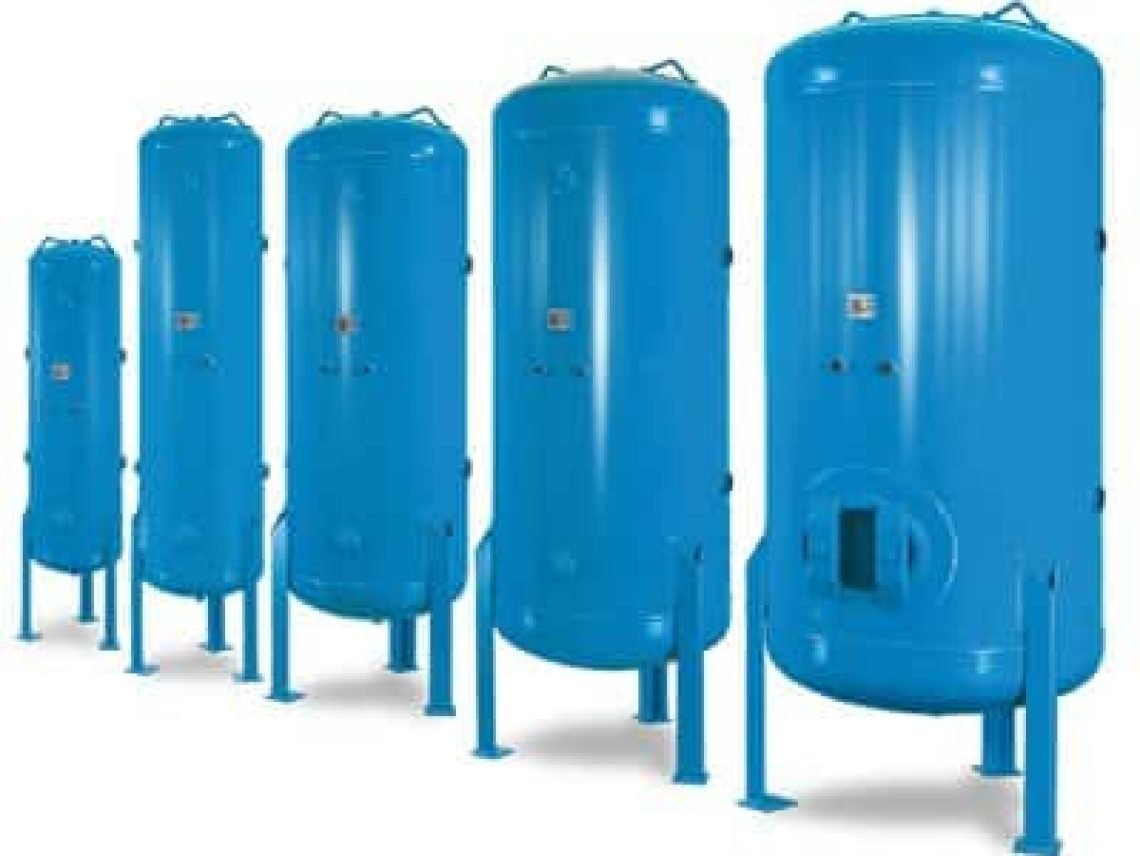
Air receivers are not just any component; rather, they are the unsung heroes of compressed air systems. They play a crucial role in managing air pressure fluctuations by storing compressed air, stabilizing the airflow, and acting as a buffer to meet sudden demands. However, their function goes beyond merely handling pressure. More importantly, they also help control moisture—one of the most critical challenges in many industrial applications.
At Red River, we recognize that air receivers do much more than just hold air. In fact, they are essential for ensuring that your compressed air systems operate efficiently and safely. By preventing moisture from wreaking havoc on tools and processes, air receivers contribute significantly to overall system performance. Additionally, they enhance system reliability, reduce compressor load, and extend its lifespan, ultimately leading to long-term cost savings.
Moisture in compressed air systems can cause a range of serious problems, including corrosion, equipment degradation, and even system failures. Because of this, effective moisture management is absolutely crucial. In the following section, we will explore how moisture compromises air systems and why maintaining a dry system is vital for operational integrity and longevity.
Moisture typically enters the system through the air intake in compressors. However, controlling it is where air receivers play a key role. As the air cools, condensation occurs inside the receiver, which helps separate moisture before it can cause any damage. Without this process, excess moisture could lead to rust, blockages, and other efficiency-reducing issues.
At Red River, we design our air receivers to maximize moisture separation. By slowing down the airflow, they create optimal conditions for condensation and moisture separation before the air is routed through the system. Consequently, this prevents moisture accumulation and helps ensure that your air system remains efficient and reliable. As a result, businesses that utilize well-designed air receivers experience fewer maintenance issues and more consistent system performance.
Understanding the physical principles of pressure and temperature changes in compressed air systems is key to effective moisture control. This section explains how Red River’s air receivers utilize these principles to trap and remove moisture efficiently, ensuring your systems are protected from moisture-related issues.
Choosing the right air receiver—vertical or horizontal—can significantly affect the moisture control capabilities of your system. Each type has its benefits in specific situations, and Red River LLC offers both options, customized to meet your needs and maximize space efficiency.
The material of an air receiver affects its durability and performance in moisture control. At Red River, we use materials that not only withstand pressures but also prevent corrosion, further enhancing the moisture-handling capabilities of our receivers.
Selecting the right size and capacity of an air receiver is critical for effective moisture control. Too small, and it won’t efficiently remove moisture; too large, and it becomes unnecessarily expensive. We provide expert guidance on sizing to ensure optimal performance and cost-efficiency.
Absolutely, they can! Air receivers act as a buffer and storage medium to balance the demand and supply of compressed air. This balance helps reduce the load on the compressor and allows it to run more intermittently, which can significantly improve energy efficiency. By smoothing out the demand spikes, the compressor doesn’t have to work as hard or as often, saving energy and reducing wear and tear.
Safety first, always! When integrating an air receiver, it’s crucial to consider the system’s operating pressure and ensure that the receiver is rated for at least the maximum system pressure. Additionally, proper installation with safety valves and regular inspections for corrosion and damage are essential to prevent any potential hazards, such as pressure-related accidents.
Size matters, and so does placement. The size of the air receiver should be matched with the output of the compressor and the demands of the air system. A properly sized air receiver can store enough air to allow moisture to condense and be drained away effectively. Placement also plays a critical role; for instance, vertical receivers typically provide better moisture separation due to the natural rise of warm air and settling of moisture at the bottom.
For sure, but with a caveat. Air receivers are designed to handle a wide range of conditions, but extreme humidity and temperature can affect performance. In very humid conditions, the receiver might need to be supplemented with additional air drying equipment such as desiccant dryers to ensure effective moisture control.
Keeping things tight and right is the way to go. Regular maintenance of an air receiver includes draining the condensate daily, inspecting for signs of corrosion or damage, and checking all fittings and connections for leaks. Additionally, ensuring that the air intake is clean and dry will help reduce the potential for moisture entering the system in the first place.
In the realm of industrial solutions, Red River emerges as a pioneer, offering a diverse range of custom-engineered products and facilities. Among our specialties is the design and production of Custom/OEM Pressure Vessels, meticulously crafted to meet individual client requirements, ensuring performance under various pressure conditions. Our expertise extends to the domain of prefabrication, where Red River leads with distinction.
The company excels in creating prefabricated facilities, modules, and packages, reinforcing its stance as a forerunner in innovation and quality. This proficiency is further mirrored in their Modular Skids offering, where they provide an array of Modular Fabricated Skid Packages and Packaged equipment. Each piece is tailored to client specifications, underlining their commitment to delivering precision and excellence in every project they undertake.